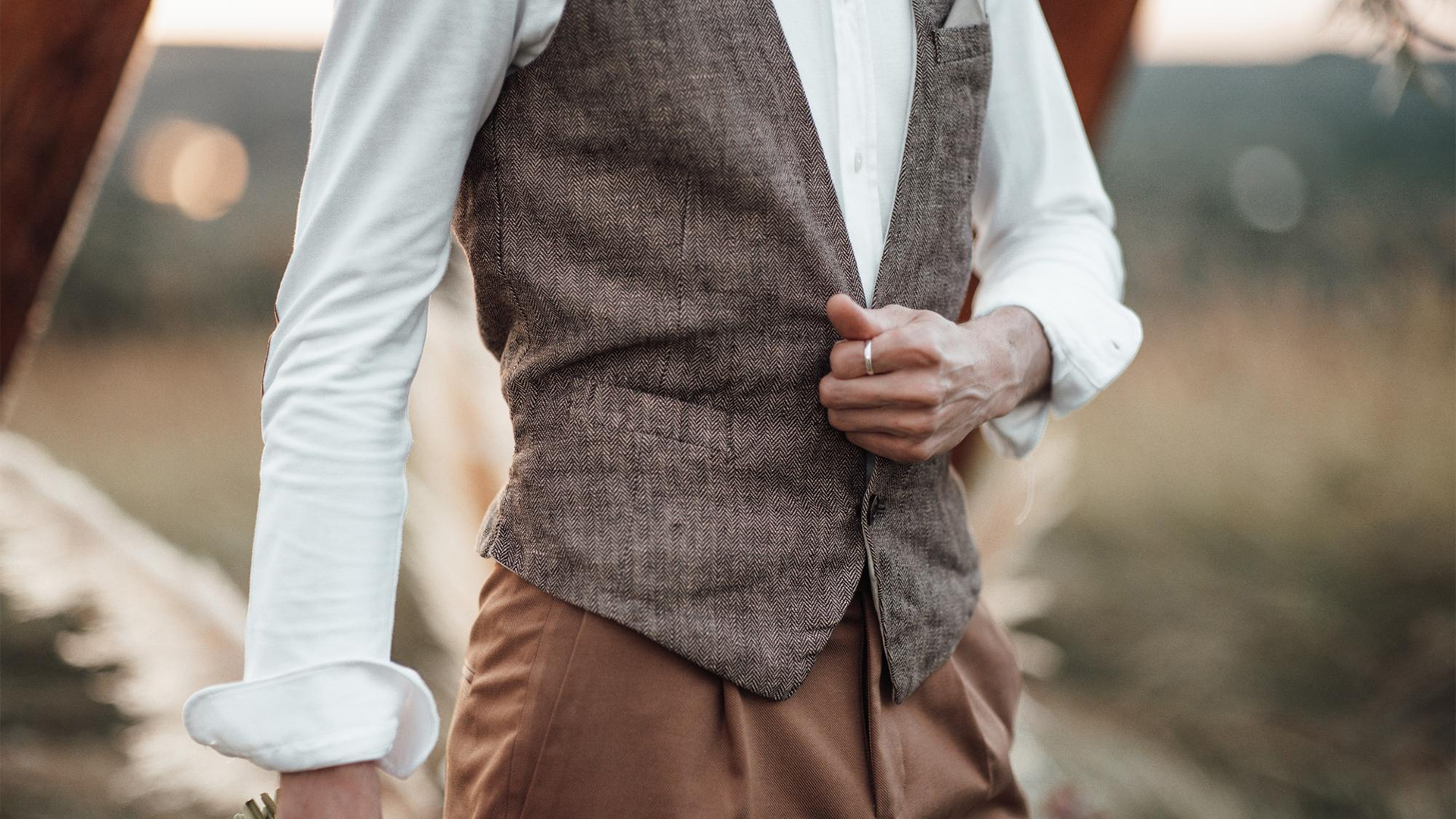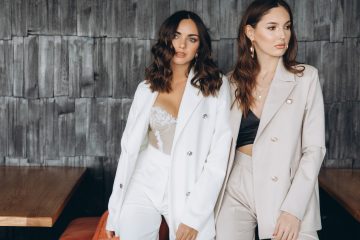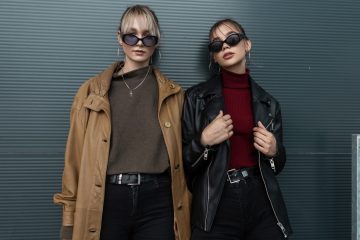In a world where fast fashion dominates, vintage clothing offers a refreshing alternative. It’s not just a way to dress; it’s a way to express individuality, celebrate history, and embrace sustainability. Vintage fashion transports us to another time, allowing us to wear pieces that carry stories, craftsmanship, and character. Whether you’re drawn to the bold patterns of the ’60s, the bohemian vibes of the ’70s, or the classic elegance of the ’50s, vintage clothing can offer timeless style that feels both fresh and nostalgic.
In this blog post, we’ll dive into the world of vintage clothing fashion, exploring its history, why it’s so appealing today, and how you can incorporate it into your wardrobe. Get ready to discover how vintage clothing is not just about style—it’s a statement.
What Exactly Is Vintage Clothing?
Before we dive into how to wear and style vintage clothing, let’s first define what we mean by “vintage.”
Vintage clothing refers to garments that are at least 20 years old, with the most sought-after pieces generally ranging from the 1920s through the 1990s. These pieces often feature unique fabrics, cuts, and designs that are no longer found in modern retail collections. Many vintage items are one-of-a-kind, offering a personal touch and a sense of history.
While antique clothing typically refers to garments that are over 100 years old, vintage clothing covers a broader spectrum, encompassing everything from mid-century dresses to ’90s grunge tees.
Why Is Vintage Fashion So Popular Today?
Vintage clothing has seen a resurgence in recent years, with fashion-forward individuals, influencers, and even high-end designers embracing the nostalgia and authenticity that comes with these pieces. But why has vintage fashion become so popular? Here are a few key reasons:
1. Sustainability and Ethical Fashion
One of the driving forces behind the resurgence of vintage fashion is sustainability. Fast fashion is notorious for its negative environmental impact—clothes are mass-produced cheaply, often discarded after a short period of use, and contribute to waste and pollution.
Vintage clothing is the antithesis of this trend. By purchasing vintage, you’re giving pre-loved garments a second life and reducing the demand for new, environmentally taxing production. Many people are turning to vintage shopping as a way to support ethical fashion and reduce their carbon footprint.
2. One-of-a-Kind Style
Vintage fashion allows for a level of individuality that’s often hard to achieve with mass-produced clothing. When you wear vintage pieces, you’re likely to be wearing something that no one else has, making your style truly unique. Whether it’s a 1940s tailored jacket or a ’70s boho dress, vintage items are full of personality and often feature intricate details that you won’t find in modern-day fashion.
Moreover, vintage pieces allow you to curate a wardrobe that reflects your personal taste and connects you to different time periods. Want to channel ’50s glam, or ’90s street style? Vintage clothing gives you endless options to express yourself.
3. Timeless Quality and Craftsmanship
Vintage clothing is often made from high-quality materials and features expert craftsmanship, which is something modern, fast-fashion garments sometimes lack. Many vintage garments were made to last, with durable fabrics, hand-sewn detailing, and impeccable stitching. This is why vintage pieces can often look as good as new after decades of wear.
Additionally, vintage items are typically designed to be versatile and timeless, so they don’t follow fleeting trends. A vintage silk blouse or a tailored wool coat will never go out of style—making it a smart investment.
How to Wear Vintage Clothing Fashionably
While vintage clothing can feel like a treasure trove of style possibilities, it’s important to know how to incorporate these unique pieces into your everyday wardrobe without feeling like you’re wearing a costume. Here are some tips for wearing vintage clothing in a way that feels fresh and modern.
1. Mix Vintage with Modern Pieces
One of the easiest ways to integrate vintage clothing into your wardrobe is to pair it with contemporary pieces. For example, a vintage floral dress from the ’70s can be balanced out with a modern leather jacket or sneakers, creating an effortlessly chic look that feels both nostalgic and current.
Similarly, you could wear a vintage blazer from the ’80s with your favorite skinny jeans or combine a vintage skirt with a sleek, modern top. This mix of old and new allows you to maintain a trendy edge while showcasing the charm of vintage fashion.
2. Pay Attention to Fit
Vintage clothing can sometimes be tricky when it comes to fit. Sizes from past decades may differ significantly from modern sizing, so it’s important to focus on how the garment fits your body rather than just relying on the label. If you find a vintage piece you love but it’s not quite the right fit, consider having it tailored to your body. A professional tailor can work wonders, ensuring the vintage garment flatters your figure and feels more comfortable.
If you’re buying online, check the measurements carefully—vintage shops often list waist, chest, and hip measurements to help guide you in selecting the right size.
3. Don’t Overdo the Theme
While it’s fun to channel a specific era, remember that vintage fashion is about subtlety and sophistication. Instead of head-to-toe looks that scream “costume,” aim for one or two vintage pieces at a time. For example, pair a vintage coat with modern jeans and a simple t-shirt, or wear a vintage blouse with a contemporary skirt or trousers.
You can also add subtle accessories, like a vintage scarf, hat, or pair of sunglasses, to elevate a modern outfit without overwhelming it with retro vibes.
4. Embrace Statement Pieces
Vintage clothing often features bold patterns, vibrant colors, and unique textures that can stand out on their own. If you’re incorporating a statement vintage item, let it take center stage. For example, a bold, patterned vintage jacket can be the focal point of your outfit, while the rest of your clothing remains neutral. This allows the vintage item to shine without clashing with other pieces.
Consider investing in one or two statement vintage items, such as a colorful ’60s mod dress, a 1920s flapper-inspired headpiece, or a vintage leather handbag. These pieces can elevate your wardrobe and add a fun, personal twist to any outfit.
Where to Find Vintage Clothing
One of the best parts of embracing vintage fashion is the hunt for unique, high-quality pieces. Here are some places to start your search for vintage treasures:
1. Thrift Stores and Charity Shops
Local thrift stores and charity shops are often a goldmine for vintage clothing. These shops may require a bit of digging, but the rewards can be well worth it. Keep an eye out for items made of high-quality fabrics like wool, leather, and silk. You may find everything from vintage denim to retro jackets, or even hidden gems from high-end brands.
2. Online Vintage Shops
Online platforms like Etsy, Depop, and eBay are great resources for finding curated vintage clothing collections. Many sellers specialize in specific eras or styles, so you can easily find exactly what you’re looking for. Look for shops with high ratings and clear product descriptions, including measurements and photos, to ensure you’re getting authentic vintage pieces.
3. Vintage Boutiques
If you’re looking for a curated selection of vintage clothing, visiting a vintage boutique is a great way to find high-quality items. Many vintage boutiques carry garments that have been carefully selected and restored, so you don’t have to worry about damaged or worn-out pieces.
4. Estate Sales and Auctions
Estate sales and vintage auctions can be a treasure trove for rare, high-end vintage clothing. These events often feature items from personal collections, meaning you may discover one-of-a-kind pieces that you won’t find anywhere else.
Conclusion: Embrace the Timeless Allure of Vintage Fashion
Vintage clothing fashion is more than just a passing trend; it’s a way of embracing individuality, history, and craftsmanship. By mixing vintage pieces with modern styles, understanding fit and fabric, and being mindful of sustainability, you can build a wardrobe that is not only unique and stylish but also environmentally conscious. Whether you’re drawn to the elegance of the ’50s, the daring looks of the ’80s, or the laid-back vibe of the ’70s, vintage clothing allows you to tell your own story through fashion.
So next time you’re on the hunt for something special, consider exploring the world of vintage. You never know what treasures you’ll uncover!





